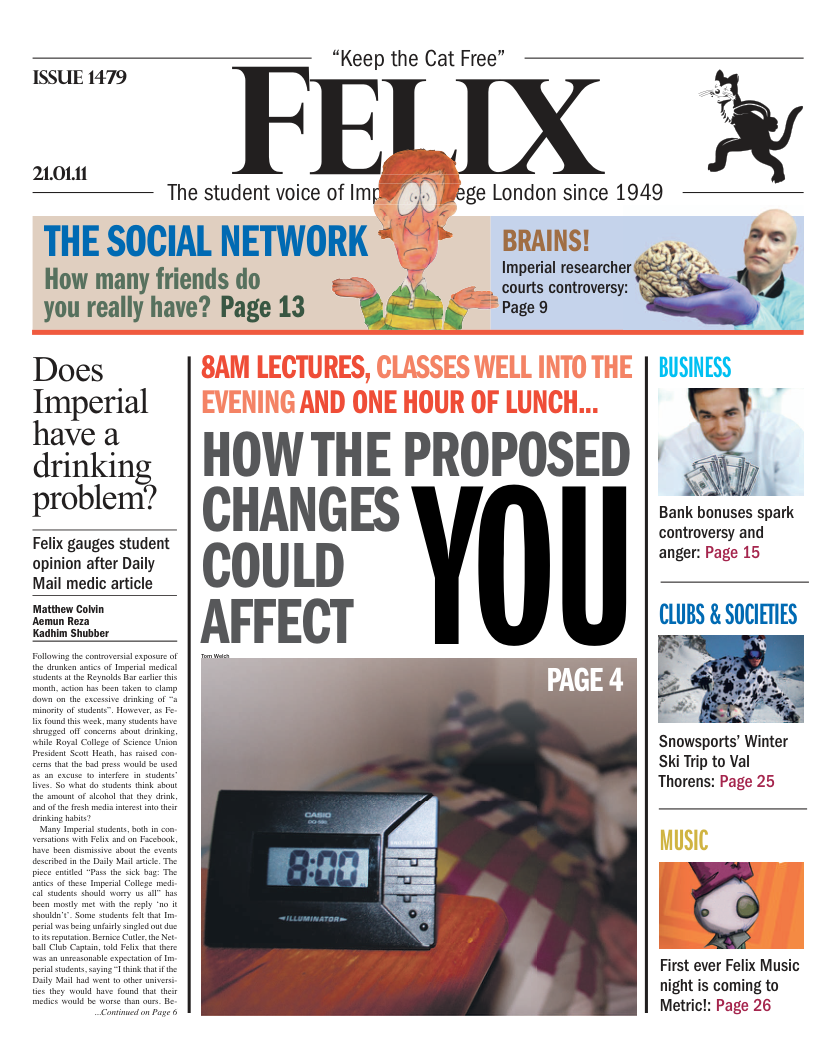Municipal bonds: The latest bubble?
Lingxi Huang considers the credibility of the latest concerns being raised about municipal bonds in the US

As the sovereign default crisis in Europe continues to send tremors through the global financial system, the next perfect storm in the market may already be brewing on the other side of the Atlantic. Meredith Whitney, whose fame is attributed to her accurate predictions of the 2008 subprime mortgage crisis, issued a warning in an interview on 60 minutes, the flagship CBS interview programme, about municipal bonds.
She warned that the United States was “facing sizable defaults of municipal debt on a nationwide scale”. If the picture is really as grim as she painted it to be, expect plenty of hand wringing for investors and governments alike in the coming weeks and months.
Municipal bonds are a type of debt security issued by states or counties, which are used to finance expenditures such as the construction of roads or schools. Traditionally, they are considered low risk investments that offer steady, tax-exempted earnings. Many of them are bought by individuals from the high income tax groups for their favourable tax implications.
Once considered “risk free” investments because of trust and implicit guarantees that the governments’ backing provides, municipal bonds have been facing substantial outflows of capital since last November. Individual investors have already withdrawn US $3.1 bn from funds specialising in municipal bonds.
Yields for bonds issued by local governments and similar entities have shot up, reflecting an increase in perceived risk for such bonds and the borrowing costs for the issuers. Some even argued that states like California are already in default due to their poor financial health, which makes it almost impossible for them to honour their debts.
The Federal Reserve’s quantitative easing is responsible for this sudden change in investors’ attitudes. Fearing that the Fed’s QE2 program could lead to higher inflation and depress the value of the dollar, investors began selling government bonds. This in turn led to a sharp rise in bond yields in the market that then affected the municipal bonds. In addition, there has also been a deluge of new issuance that flooded the municipal bond market, as cash-strapped states turn to issuing new debt to raise more funds.
The brewing problems in municipal bonds have wider implications than financial hardship for American states and their residents. It calls into question whether any states or nations are truly safe from a Greek style crisis. When discussing the current Eurozone crisis, analysts seem to have drawn a clear distinction between the struggling “peripheral” economies and more robust ones. However, no one can say for sure where the line is drawn for the rest, and when crossing the line will trigger another crisis in government debt.
Following the financial crisis of 2008, many developed nations like the UK and France, are facing burgeoning public debt. Since deficit spending is largely funded by issuing government bonds, the exodus of capital from municipal bonds foreshadows something more ominous looming ahead for the sovereign debt market. The US Treasury bills, long held as the golden standard in risk against which all other investment are measured, may suffer from a similar crisis of confidence, with disastrous results for the rest of the world.
So far, any newly issued US bonds would be snapped up quickly, but if the appetites of big buyers such as Japan and China wane, the US government may have trouble finding investors who can stomach its national debts. There is already a real possibility of an US default, causing the mother of all financial crises. With its public debt hovering in the range of 14 trillions, the US is going to hit its debt ceiling in as early as March, accordion to the US Treasury Secretary Timothy Geithner.
If the United States Congress fails to lift the ceiling, he warned, there is a threat of an US default. Similarly, the US may also be forced to renegade on its obligations should it fail to roll over its debt. While still a very, very long shot, it is no longer unimaginable. Moreover, it is becoming clear that the most likely scenario under which the US is able to honour its sovereign debt obligations will involve continued money printing and a corresponding depreciation of the Dollar’s value.
Right now, it might be too early for a verdict on the solvency of states that have issued too many municipal bonds. Some, like Deutsche Bank, say that municipal finance stands “on the cusp” of improvement, citing signs of recovery in the US economy. Since municipal bonds are strongly affected by macroeconomic indicators like GDP and employment rates, a rebound in performance of municipal bonds is likely if economic prospects improve in 2011.









